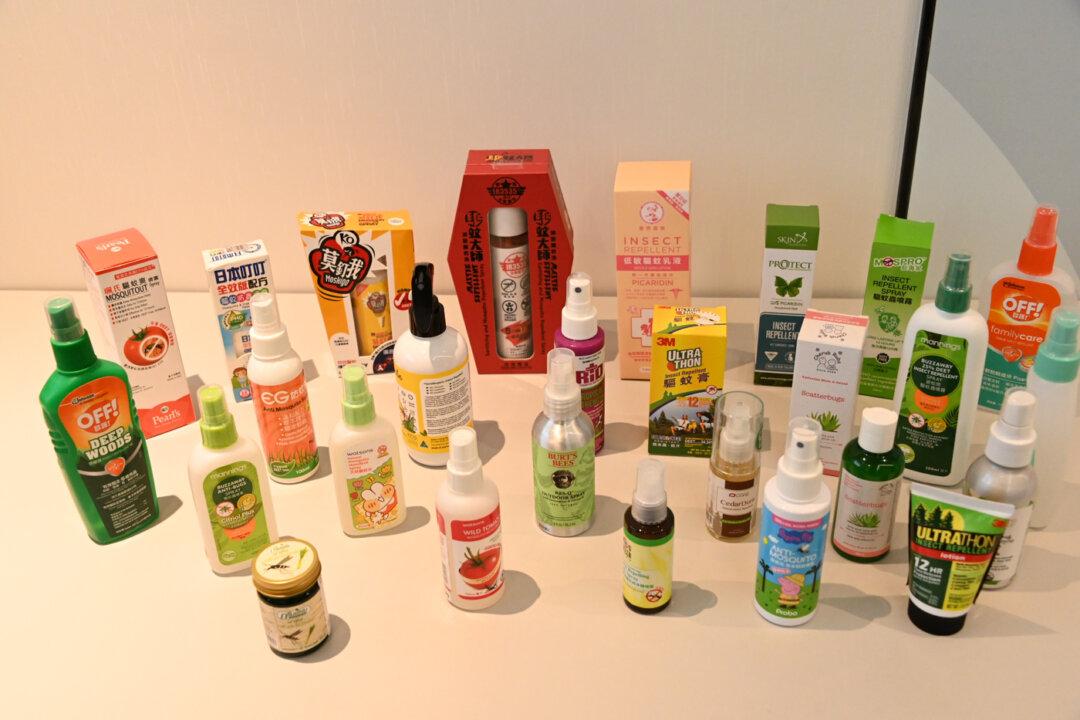Black fungi and snow fungi are common edible fungi that are rich in nutrients. The Consumer Council of Hong Kong tested 28 samples of pre-packaged dried edible fungus, including black fungus, white back fungus, and snow fungus, and found that at least one pesticide was detected in 12 samples, with metal contaminants detected in all the tested samples.
Rich in Dietary Fiber
The result showed that the three kinds of dried edible fungi were rich in insoluble fiber. The black fungus has the highest amount of calcium and iron, while the snow fungus has the highest soluble fiber. All samples in this category met the definition of “high” soluble fibre, with an average content of 11.1 grams (0.4 ounces) per 100 grams (3,5 ounces) of samples. The average soluble fiber content of white back fungus is 5.6 grams (0.2 ounces) per 100 grams (3.5 ounces). The lowest average content was found in black fungus, which contained 3.4 grams (0.12 ounces) per 100 grams (3.5 ounces), and the soluble fiber content detected in the five black fungus samples was zero.Among the three types of samples, the white back fungus had the highest content of insoluble fiber, with an average content of 65.1 grams (2.3 ounces) per 100 grams (3.5 ounces) of samples, followed by black fungus, with an average content of 54.9 grams (1.9 ounces) per 100 grams (3.5 ounces), and the snow fungus with the lowest amount. The average amount is 47.5 grams (1.7 ounces) per 100 grams (3.5 ounces). In other words, consuming one serving of 10 grams (0.35 ounce) of dried white back fungus, one gets around 6.5 grams (0.23 ounce) of insoluble fiber and 0.6 grams (0.02 ounce) of soluble fiber, a total of about 7.1 grams (0.25 ounces) of dietary fiber, accounting for about 28 percent of the recommended minimum daily intake for adolescents and adults.
Dietary fiber can be divided into two types: soluble and insoluble, each with different functions. Soluble fiber helps lower blood cholesterol and stabilize blood sugar, thus can control coronary heart disease and diabetes. Insoluble fiber can promote intestinal peristalsis, help laxation, reduce the risk of carcinogens accumulating in the intestinal tract, and can prevent the occurrence or deterioration of intestinal cancer, constipation, hemorrhoids, and the like.
Safety Test
Black fungus samples from “Wai Yuen Tong” and “Da Di Saku” and white back fungus samples from “Everbright” and “Eu Yan Sang” all detected one type of pesticide residue, but they were all below the upper limit prescribed in the “Hong Kong Pesticide Residues in Food Regulation.” Sulfur dioxide was detected in two samples of dried edible fungi, but they were not listed on the ingredients list according to the regulation.One to five pesticide residues were detected in eight cloud ear fungus samples respectively. Among them, four kinds of pesticide residues were detected in the “Green Dot Dot” sample labeled as organic, and the amount of abamectin B1a residue per kilogram was 0.29 mg, reaching the maximum residue limit of 0.02 mg/kg under the “Pesticides Residue in Food Regulation.”
The Consumer Council pointed out that a 60-kg (132 lb) adult needs to eat 207 grams (7.3 ounces) of fungus per day, which is about 21 bowls after cooking, before it may pose a risk to health.

Metal Residue
The test also found that total mercury, arsenic, cadmium, chromium, and lead were detected in all samples of black fungus, and a trace amount of total mercury was detected in the sample “Dadi Saku.” Arsenic and lead were detected in all the samples of white back fungus, but no cadmium or total mercury was detected. Arsenic, cadmium, and lead were detected in all snow fungus samples, but mercury was not detected.In addition, the Consumer Council mentioned that soaked snow fungus and wood fungus is more likely to be contaminated by “Burkholderia conotoxin” and may produce the toxin “oryzinic acid.” This toxic substance cannot be destroyed even if it is washed or cooked. Abdominal pain and vomiting may result from poisoning due to this. In severe cases, it may lead to abnormal liver function and could even be fatal. The Consumer Council reminds the public not to soak mushroom-like substances at room temperature for more than two hours. They should be soaked inside the refrigerator and reheated thoroughly before eating.




